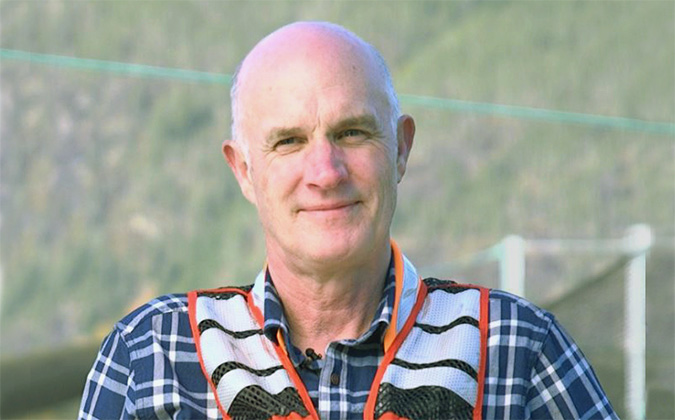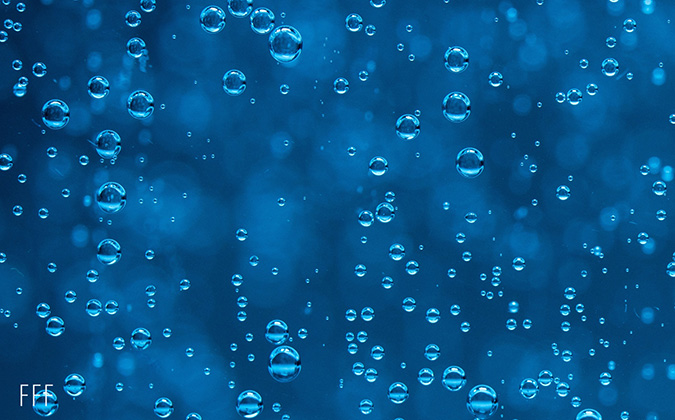
Dramatic changes and emerging challenges in more than 30 years of fish health and welfare
An interview with Professor Jimmy Turnbull, PhD, University of Stirling
Q: You’re just retired from the University of Stirling after working in aquaculture, health and welfare since 1986. How has the picture changed over the time you’ve been involved in this area?
JT: That’s a big question but a really important one. Things have changed dramatically, yet a lot of critics of the industry still tend to criticize it based on what was happening 30 years ago. It’s just completely unrecognizable in absolutely any aspect you care to look at.
Looking at the Scottish salmon industry, it’s an incredibly sophisticated technological industry now, with extremely rigorous working practices. Everything’s changed: the biosecurity, the disease prevention in terms of effective vaccines, the understanding of what the fish need for a good life, and also the care and development of staff as well.
I’m not for one minute pretending there aren’t new problems coming up all the time, but the industry has made huge leaps forward. One of the problems that people often talk about is sea lice, and although they are still a problem, it’s not anything like the scale of the problem it was back in the early days of the industry.
Q: What are some of the most significant projects that you’ve been involved in over the years?
JT: I’ve been lucky enough to be involved with a lot of really great people and a lot of great projects, but actually, the one that I’m involved in at the moment and will continue to be involved in after my retirement is one funded by the Humane Slaughter Association.
It’s looking at stunning to accomplish humane slaughter of the major farmed finfish species worldwide. It’s a great project for a couple of reasons. Firstly, we’re trying to understand how to do it properly through scientific investigation. Then, we’re translating that into actual equipment that can be used on farms. Our partner Ace Aquatec has already got three commercial stunners in use in different aquaculture environments around the world, including Mexico and Indonesia.
It has the potential to go forward, expand commercially and really make a humane death a possibility for a lot of farmed fish.
Q: And what about the key technologies that you’ve seen emerge? Which do you think have made the biggest difference in the field?
JT: I think there’s no doubt that vaccines have played a big role. There were very serious diseases in the early days such as furunculosis, which were resulting in a lot of mortality and chemical treatments. That’s now reduced incomparably.
Another one that in the early days was a bit of a problem was the transportation of fish, both by lorries and by well boats. Now that’s extremely well managed, and the well boats are such sophisticated pieces of equipment. Every aspect of the environment and the monitoring of the animals is monitored and recorded on video; there’s just loads of sensors in there looking at everything.
As a final example, again the slaughter of the fish in the salmon industry is absolutely miles ahead of where it used to be. For one specific example, Scottish Sea Farms has set up a harvest slaughter and processing plant, and it is probably the most efficient and humane slaughter plant of any species of animal I’ve ever seen. It’s incredibly effective and, in large part, due to the people that work on it. There’s a lot of committed people making it work, but the technology has also come on in leaps and bounds.
Q: Aside from technology, is there anything else that stands out in its impact on the industry?
JT: One of the massive positive influences has been the RSPCA Assured scheme. It’s a formative relationship between a welfare assurance scheme and the industry, working together to just look at every aspect of the animals’ lives and trying to refine it to improve the welfare. This has resulted in arguably some of the best welfare standards of any farmed-animal species, not just in terms of slaughter but through the production cycle.
Q: Where do you think gaps remain in terms of understanding the health and welfare issues associated with aquaculture?
JT: I think that there’s one big problem, and that is the interaction between wild predators and farmed fish. There’s lots of precautions that can be taken, but there isn’t really a solution. Often, it’s looked at from the perspective of the wild mammals such as seals, but the flip side is that it’s also a welfare problem for the fish as well.
I also think that while the health and welfare of farmed fish in the salmon industry, not just in Scotland but globally, is good and continuing to improve, this is not necessarily the case for other farmed species. There’s an idea that the more traditional systems are somehow better for the health and welfare of the animals. Often, exactly the opposite is true, because there just aren’t the resources to have effective biosecurity or to invest in the infrastructure which allows you to take care of the animals.
Q: And how do you think the industry should respond to environmental challenges?
JT: The changing aquatic environment is presenting an awful lot of challenges in terms of harmful organisms in the water, whether that’s little jellyfish or other stinging, gelatinous organisms, or different types of plankton. That has just been getting worse over time.
People have proposed things as extreme as taking all the salmon farming onshore. That addresses some of the issues but certainly not all, because it tackles disease and water-quality problems but dramatically reduces the energy efficiency of the whole farming system.
Farmed fish is very good in terms of an efficient source of farmed protein, but if you take it on to these onshore systems, then it ceases to be such a carbon-efficient way of production. The farms are doing lots of things — looking at the location of the sites and understanding where the challenges are in the natural environment which affect the gills of the fish — but there’s no complete solution there at the moment.
Q: How do you think that academia has changed and responded to the needs of the changing industry?
JT: This has been one of the things that’s been a constant theme of everything I’ve been involved in my entire academic career. The fundamental problem underpinning that relationship is that the drivers for industry and academia are very different. Academics are not very well rewarded for solving problems. They’re rewarded for getting fancy papers in Nature and things like that.
On the other side, the industry is trying to keep their business afloat, and often they don’t appreciate that any answer is not necessarily a good answer. To get a good, robust answer that is worth taking forward and investing in takes a lot of time and effort. And so, the industry sometimes wants to do everything too quickly, and academia can be too slow.
At the end of the day, it comes down to personal relationships. There’s been a huge amount of beneficial and worthwhile relationships between academia and industry, but often it’s not been that systematic. It more comes down to two people who can relate to each other finding a mutually beneficial way forward. I think most of the major advances that have happened have come about in this way.
Posted on: January 08, 2024






